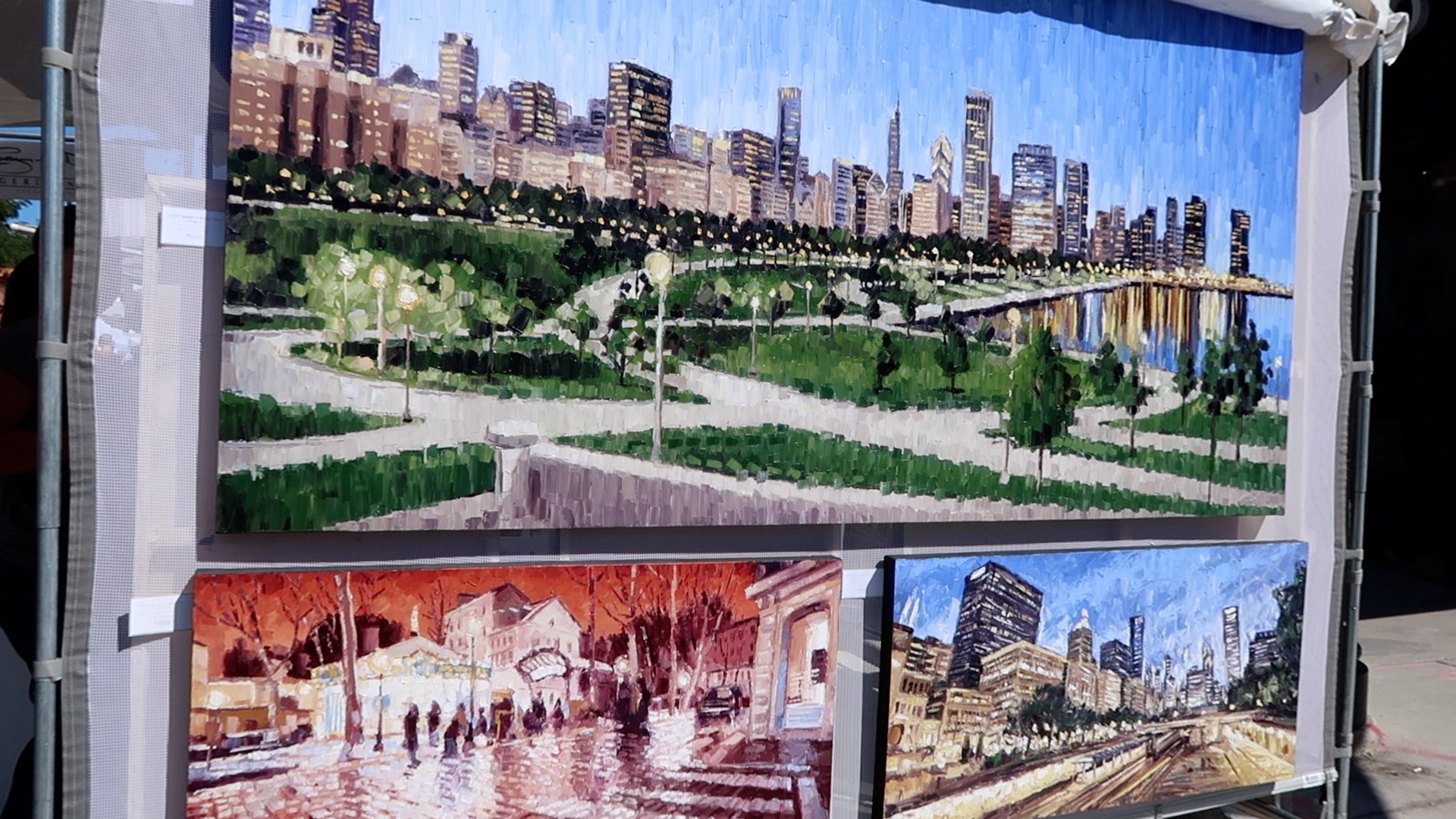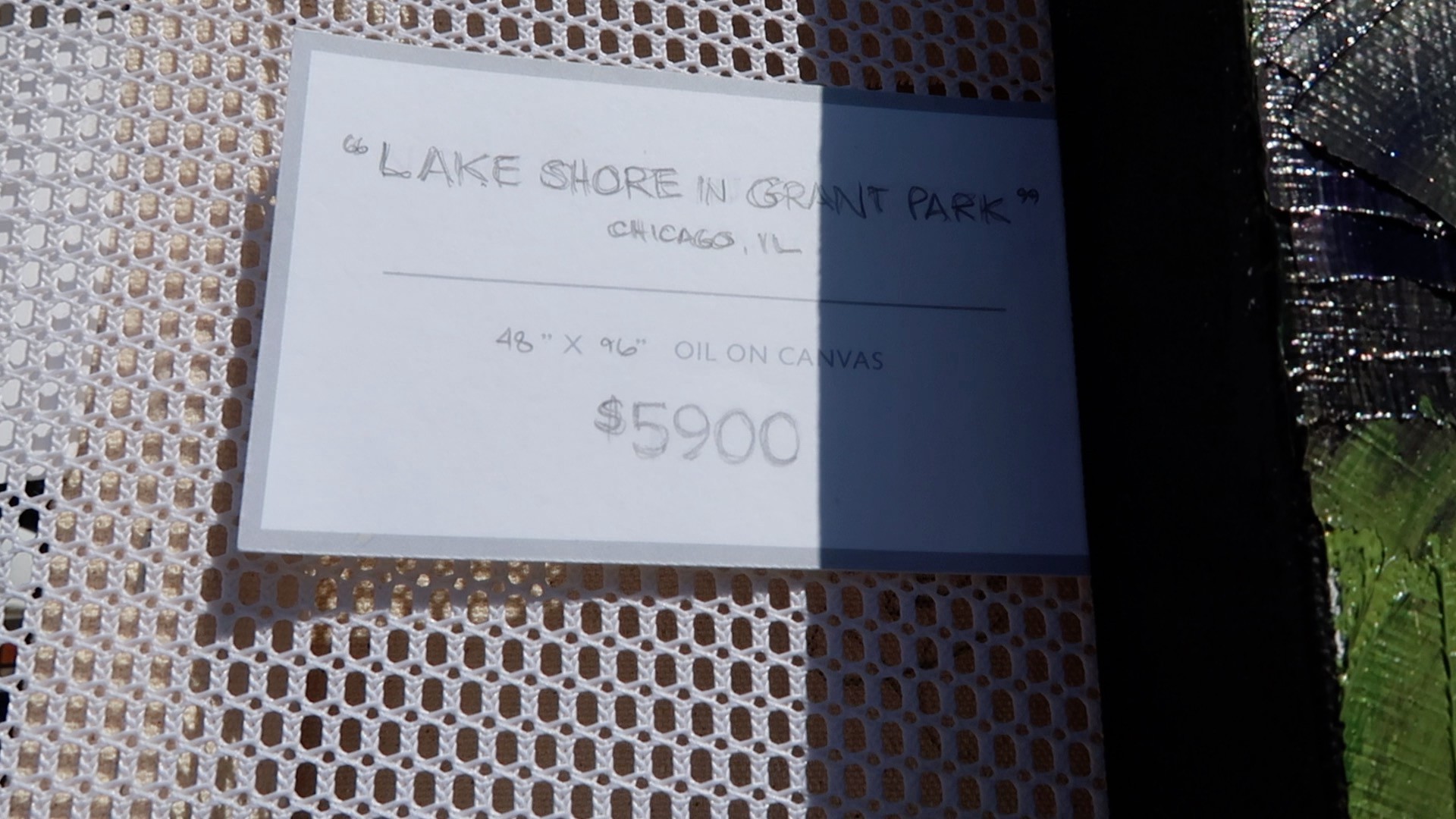
Every summer, Chicago is filled with outdoor art fests. We close off a big city street and artists pitch hundreds of tents selling their creations. My wife, Lynette, especially looks forward to the one in our neighborhood.
This year she stumbled on an artist selling his art as greeting cards. Lynette loves unique things she can’t just buy at the Hallmark section of Walgreens.
Each greeting card was $2. How can an artist survive on $2 greeting cards? What a terrible idea.
In 1966, Jonathan L. Freedman and Scott C. Fraser, while researchers at Stanford University, picked random people from a telephone book and called them up for an experiment. The researchers wanted to convince people to let a group of strangers into their home for 2 hours to audit what they had in their cabinets.
As you’d expect, only 22% of the people asked agreed to let this research team into their home. (If this seems high to you still, it was the 60s after all.)
But these researchers also called another group. This time, they asked if people would answer some questions over the phone about the household products they used.
Again, as you’d probably expect a higher number this time, about 66% of the people on the phone, complied and answered the survey questions.
But these researchers weren’t done with this second group. Three days later, they made the same large ask: Can a group of strangers come to your home for 2 hours.
80% of the people who answered that small survey just 3 days prior said, “Yes.”. That’s 53% of the entire second group who were originally called on the phone. That’s a mind boggling large number to me. More than half the people will let a group of strangers in their home because you asked them a smaller question just 3 days ago?
The name of this phenomenon is the “foot-in-the-door technique.”
Holy crap is art expensive.

It has to be. Making a painting can take hours, days, weeks. But here you are on a hot, sunny day, and you want to sell a $5900 painting to a passersby? That’s a big ask.
And it’s not that much different than the spot most of us are in. Sell SaaS software? Sure, you might charge something like $24 a month, but potential customers know they’d really be spending thousands on a long term investment with you.
So what have these artists figured out?
Those $2 greeting cards are the small ask. They know most of their visitors aren’t going to be convinced to blow $6g’s on an artist they just met. So they offer a cheap print. Something small. Something easy to take home. A larger ask can come later.
These folks now enter the orbit of the artists: signing up for newsletters, following them on Instagram. My wife is already planning a visit to this artist next year and I’m sure she’ll be pondering a larger purchase 🙂
Too many companies, especially startups, don’t incorporate this. They have a big ask when you first meet them. “Buy our thing. It’s going to cost a lot, but it’s great.” Maybe it’s the “Lean Startup” stuff encouraging “Make something and charge for it.” That’s great and I applaud people charging for their work.
But the thing is, I don’t trust anyone selling me anything anymore with the constant data breaches and frequent phishing attacks. I don’t even answer my phone thanks to the new fun “Can you hear me” scam. So, you have a lot more work to do than just offer me a great product.
You’re going to have to give people other chances to get to know you. Spend a great deal of time nurturing a lead with a smaller ask: signup for a newsletter, subscribe to a social media account, read something valuable you wrote.
You need to get your foot in the door.
P.S. Check out more work from Roger Disney and Ken Swanson.
You should also follow me on YouTube: youtube.com/nathankontny where I share more about how we run our business, do product design, market ourselves, and just get through life. And if you need a zero-learning-curve system to track leads and manage follow-ups, try Highrise.


